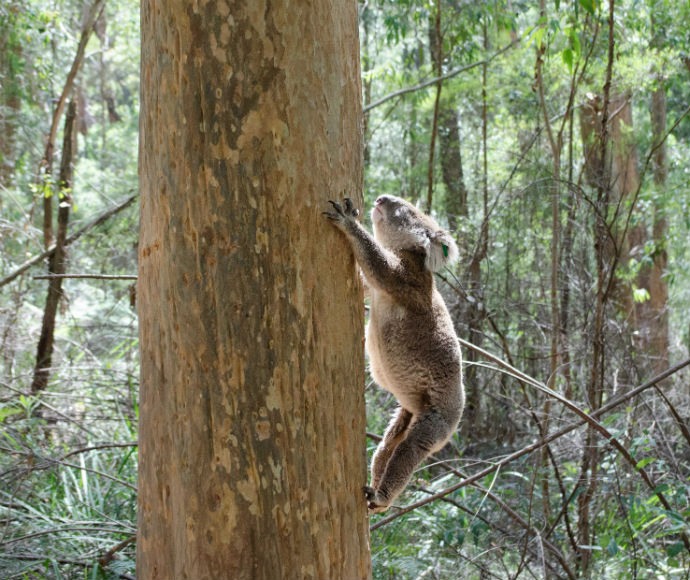Search
Health and handling | Native animals
Human infections from viruses borne by flying foxes are very rare. There is no risk of infection if you do not make physical contact with a flying fox.
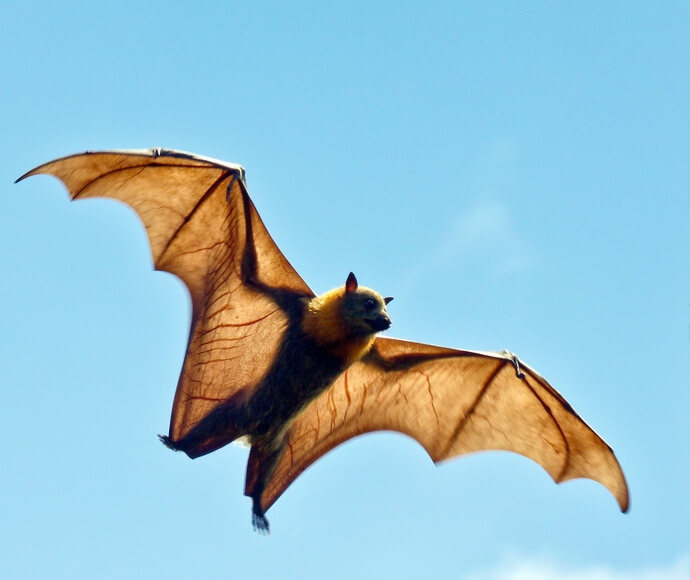
Living near a flying-fox camp | Native animals
A flying-fox camp is a patch of trees that flying-foxes are found in during the day. Living near these camps can sometimes be a problem, but there are ways to minimise the disturbance camps can cause.
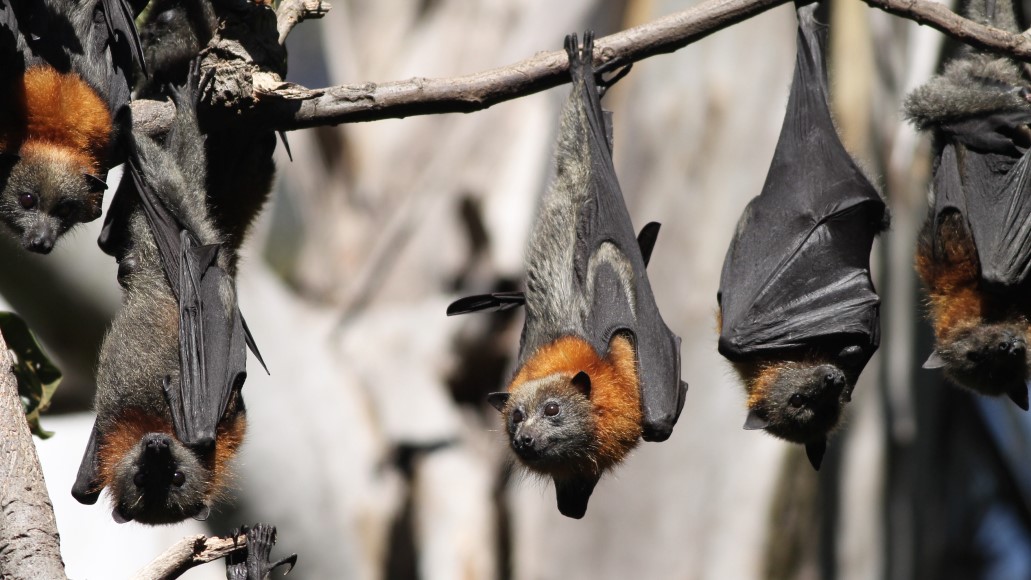
About water quality | Water quality
Water quality determines the condition or health of waterways, such as our rivers, wetlands and coastal waters.
Monitoring flying-fox camps and populations | Native animals
National Flying-fox Monitoring Program data helps us improve our understanding of flying-fox population trends and better manage their conservation and impacts on communities.
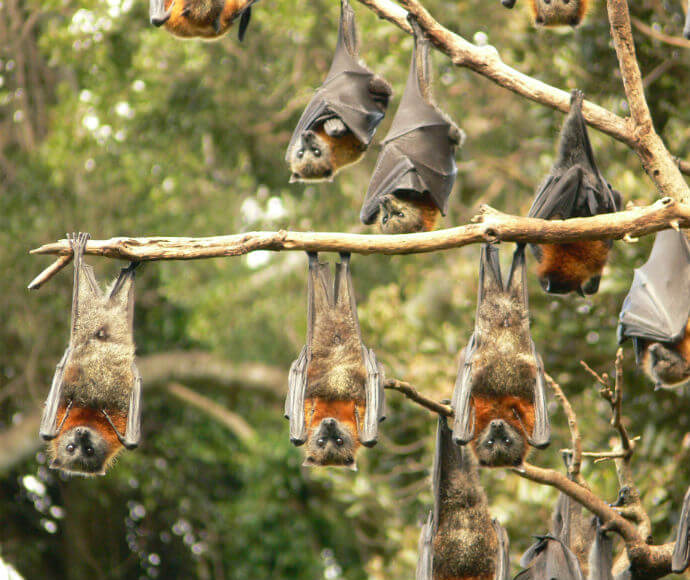
Flying-fox research | Native animals
There is significant research about flying-foxes underway, including populations, foraging habitat, causes of mortality and camp management strategies.
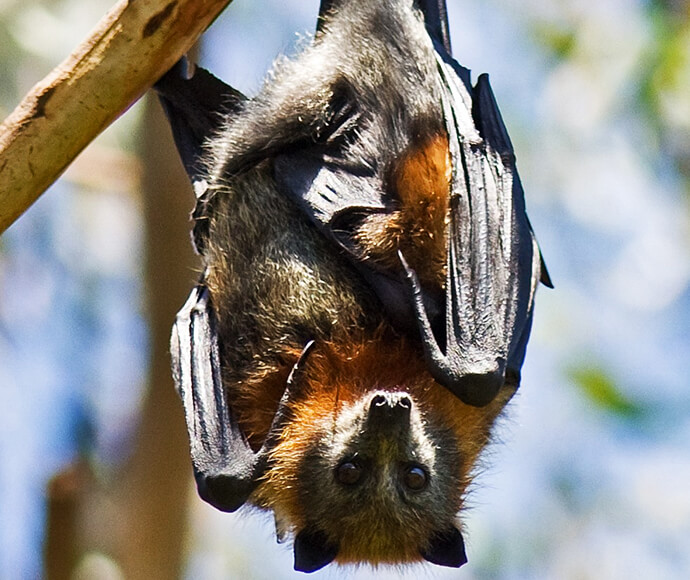
Identifying mussels | Native animals
Adult shells vary in size from about 50 to 200 mm in length but most shells fit snugly in the palm of your hand. The shell colour of mussels ranges from brown to black, although it can be green in young shells.
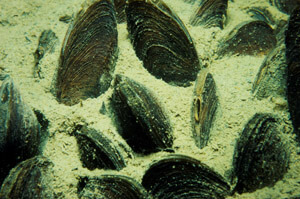
Bell frogs | Native animals
There are 3 species of bell frog in New South Wales. They are all similar in appearance but can be distinguished by their markings.
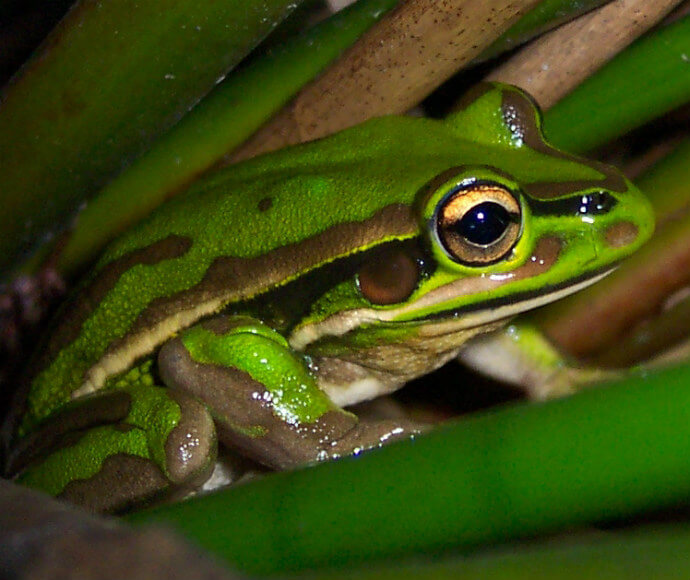
Gliding possums | Native animals
Gliding possums are marsupials sometimes referred to as flying phalangers, or simply as gliders.
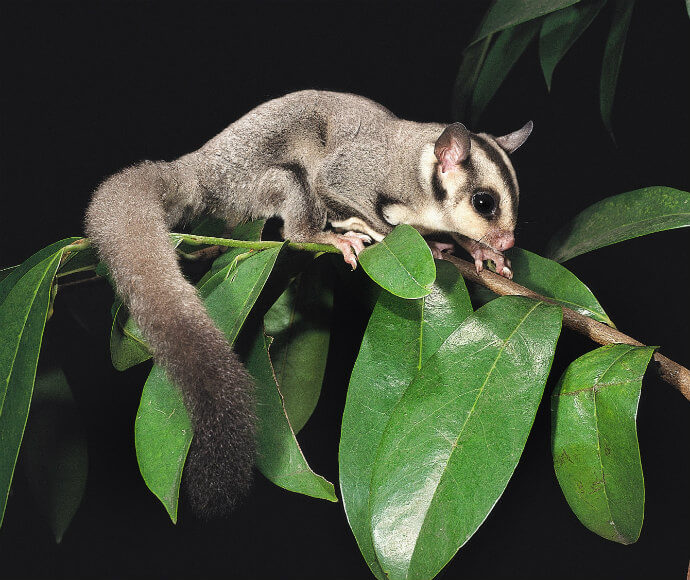
Koala | Native animals
The koala is a well-known and popular animal, native to Australia but recognised around the world.
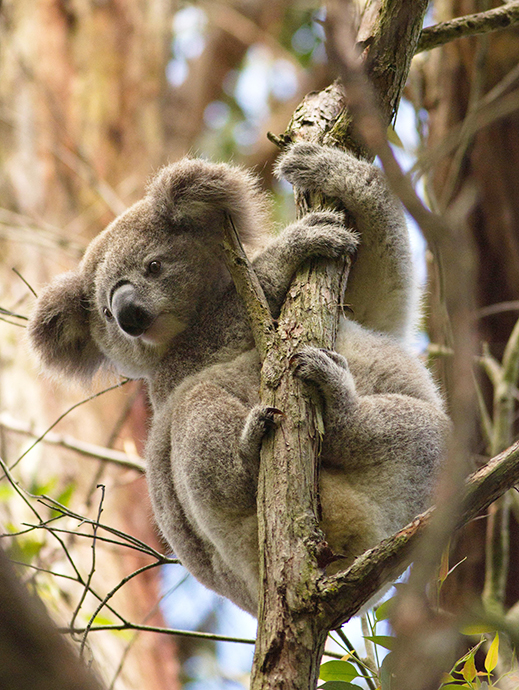
Help save koalas | Native animals
There are actions we can take, individually and as a community, to reduce some of the major threats to koalas and keep them safe.
